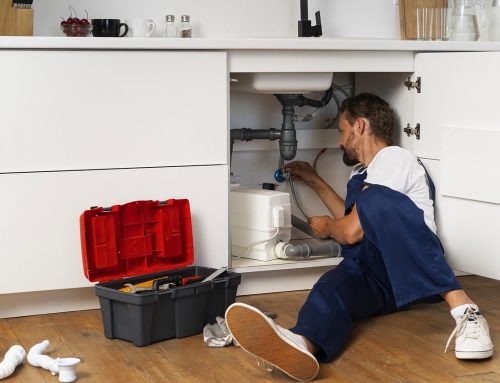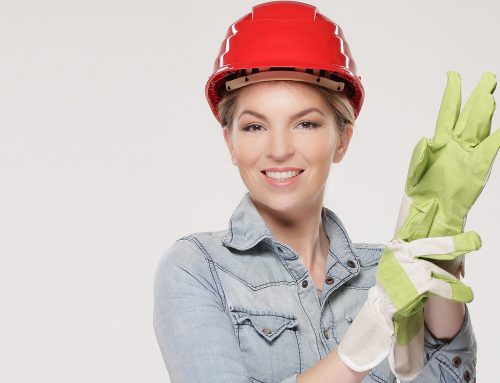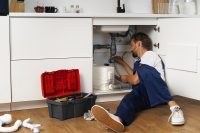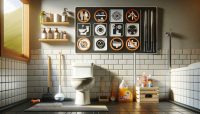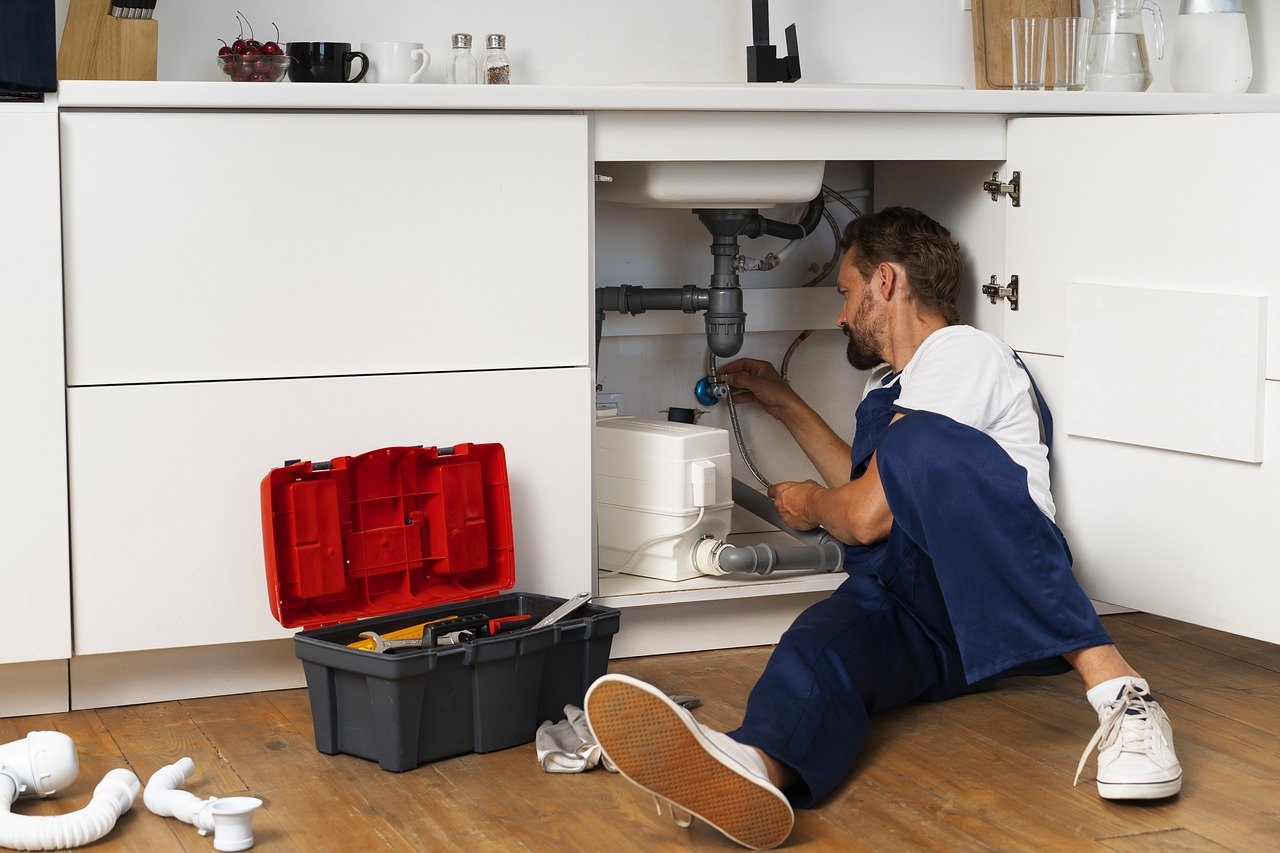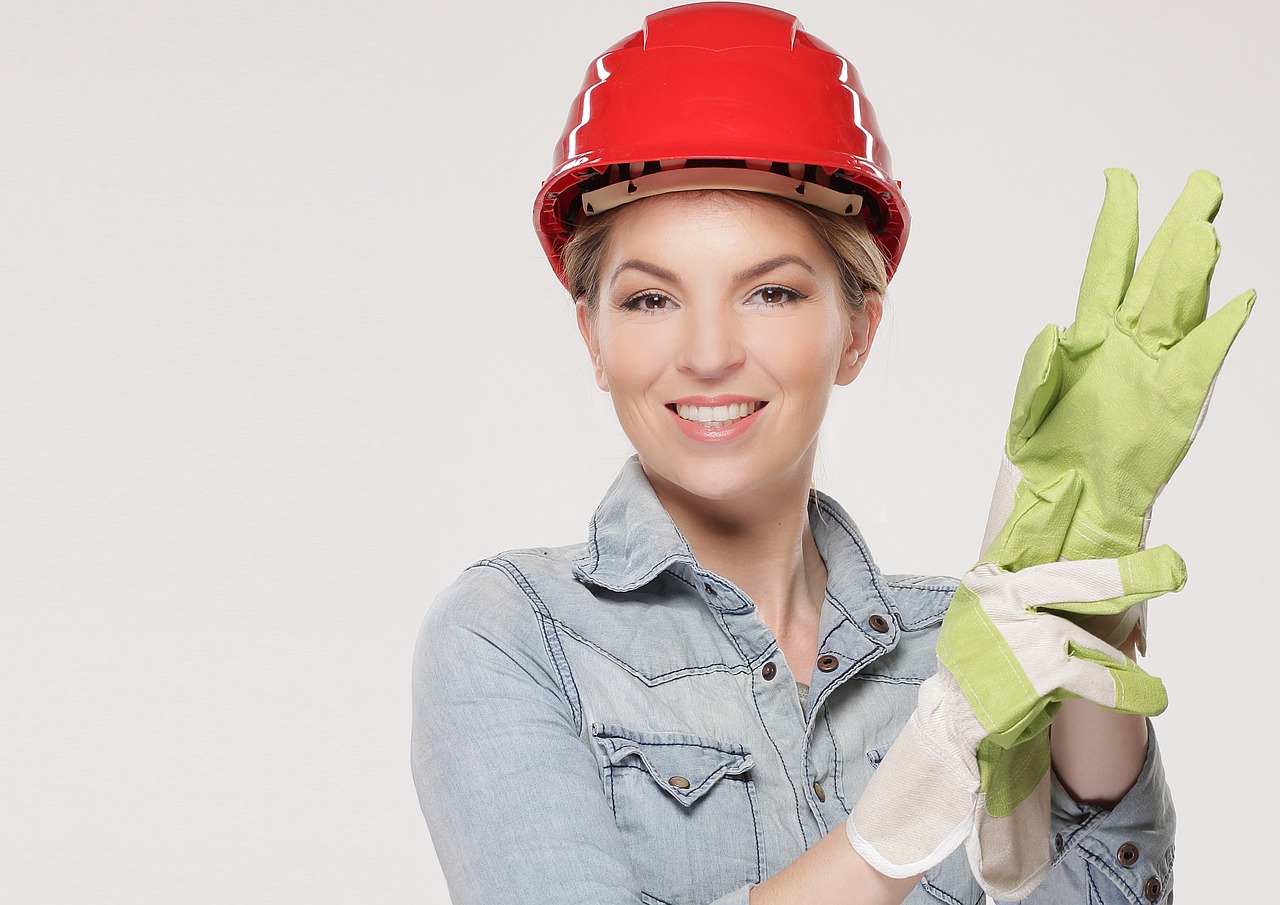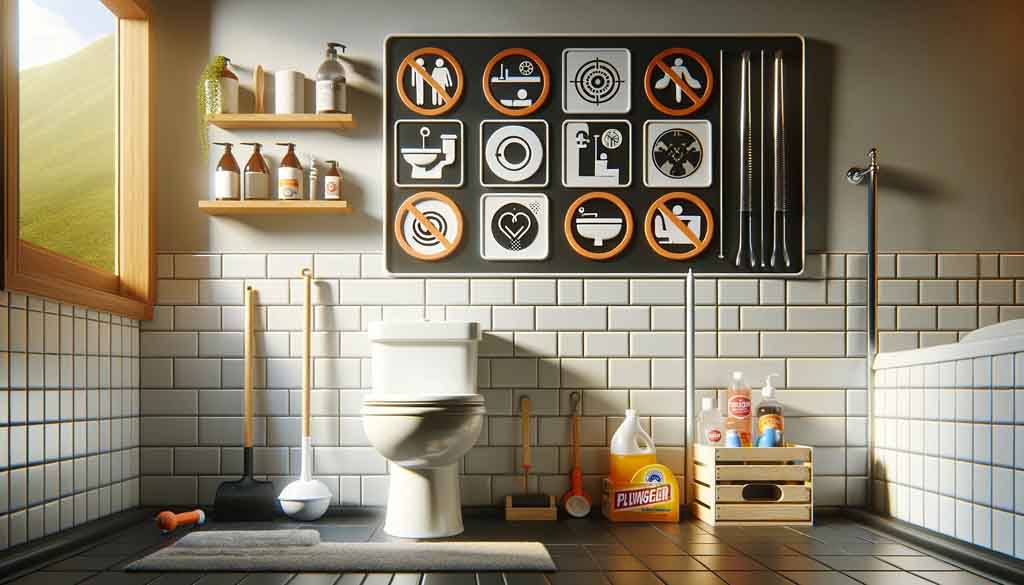Sewage disposal has been a major problem for people since the beginning of history. Archaeological findings bear witness to this, that even early civilizations tried to create some kind of canal network. Thousands of years ago, such cultures have developed in today's Middle East region, which were not only familiar with loincloths, but sometimes huge bathing rooms were also built. Sewage was transported from the buildings using pipes. Traces of this can still be found in many places today, one of the most beautiful examples is the remnant of the network in Petra, Jordan.
The first aqueducts, also known as canal bridges, also originate from the Middle East, over the millennia, they continued to spread from here towards Europe. Their task is the settlements, but mostly it was to ensure the water supply of the land under cultivation. Among the ancient European peoples, the Greeks and Romans were particularly fond of aqueducts. Another interesting thing, that in the Greek Archipelago, waste water is specially carried out through pipes cut into the stone, or it was conducted through pipes made of burnt bricks, and flushing was not an unknown technique either.
Etruscan culture
Etruscan is one such, they were presumably a people with Indo-European roots, which is B.C. 5. until the 19th century, the North exerted a significant influence- and to Central Italy. Rome also had several Etruscan kings, the last one, i.e. 510-was driven away in.
Although the Etruscans disappeared due to the conquering policies of Rome, however, the later Romans had a significant influence sewer network for construction. The Etruscans were excellent mathematicians, thus performing precise calculations, well-developed water supply and sewage systems were established. The Romans relied on their knowledge for centuries.
The famous Cloaca Maxima, The main canal of Rome was built by the penultimate Etruscan king with the help of Etruscan craftsmen. The completion did not take place until much later, already in the time of Republican Rome. The original function of the Cloaca Maxima was not to drain sewage, for the engineers are the ground-water designed to remedy the problems caused by.
Due to its arched structure, it was able to hold significant weights, among other things, it is due to this, that it did not break even under the buildings built on it. Of course, regular maintenance works also contributed to this. Residential buildings and baths were eventually connected to the main canal, so in addition to groundwater a sewage also solved its drainage. In addition to canalization, the Etruscans were rich in art, they left architectural and maritime knowledge to posterity.
The age of the Roman Empire
Rome's first aqueduct, the Aqua Appia, Appius Claudius the Blind began to build, i.e. 312-ben. The close 17 Most of the km-long system runs underground, only a short section is visible above the surface. The channel is one, it was fed by a spring east of the city. The fresh water coming through the pipes proved to be sufficient for the city's population for a long time. However, the channel was later expanded, Emperor Augustus, for example, connected the water of another spring to it. This branch of the Aqua Appia was named Aqua Augusta in honor of the emperor.
To build Rome's second aqueduct in B.C. 272-they see him in, the censor at the time, M. Under the influence of the zealous campaigning of Curius Dentatus. Water is Anio (Aniene) provided by the river and citing military reasons, its entire section was placed underground.
Since the B.C. and II. century, the water of the Anio became almost undrinkable, it was necessary to build a new network. The foundations of this are provided by Q. It was laid down by the praetor Marcius Rex and its length reached a 91 km-t. In the following centuries, like the Aqua Appia, it was expanded with additional sources.
During the imperial era, many small and large Italian cities already had their own water supply, but they didn't have to wait long for the construction of the sewer network either. After Christ, the expanding empire in the more distant provinces also began to establish a network, Countless archaeological finds have survived from the former Pannonia, which also includes the territory of today's Western Hungary.

